By Iyaad Obi
∙ Expressions Journal Supporter, New York ∙
In the field of art education, the act of copying often carries a negative meaning. However, it’s time to debunk this myth and embrace the idea that copying is indeed an integral part of the creative process, particularly in the early stages of artistic development. Rather than stifling creativity, copying serves as a valuable tool for honing technique and building foundational skills.
Today, if the internet access is available, using available for free online Artificial Intelligence (AI) tools can aid our learning-by-copying process. Below is the drawing made by free AI tool at www.nightcafe.studio after it copied the drawing created by Grace Chinwendu of Girls Senior High School, Agege, Lagos, titled “In The Spotlight”, shown below it. As you can see, the AI changed certain parts of Grace’s drawing in a way that the AI software learned from many other drawings it saw. The same way we can improve what we can do and even find some new ways of doing it.
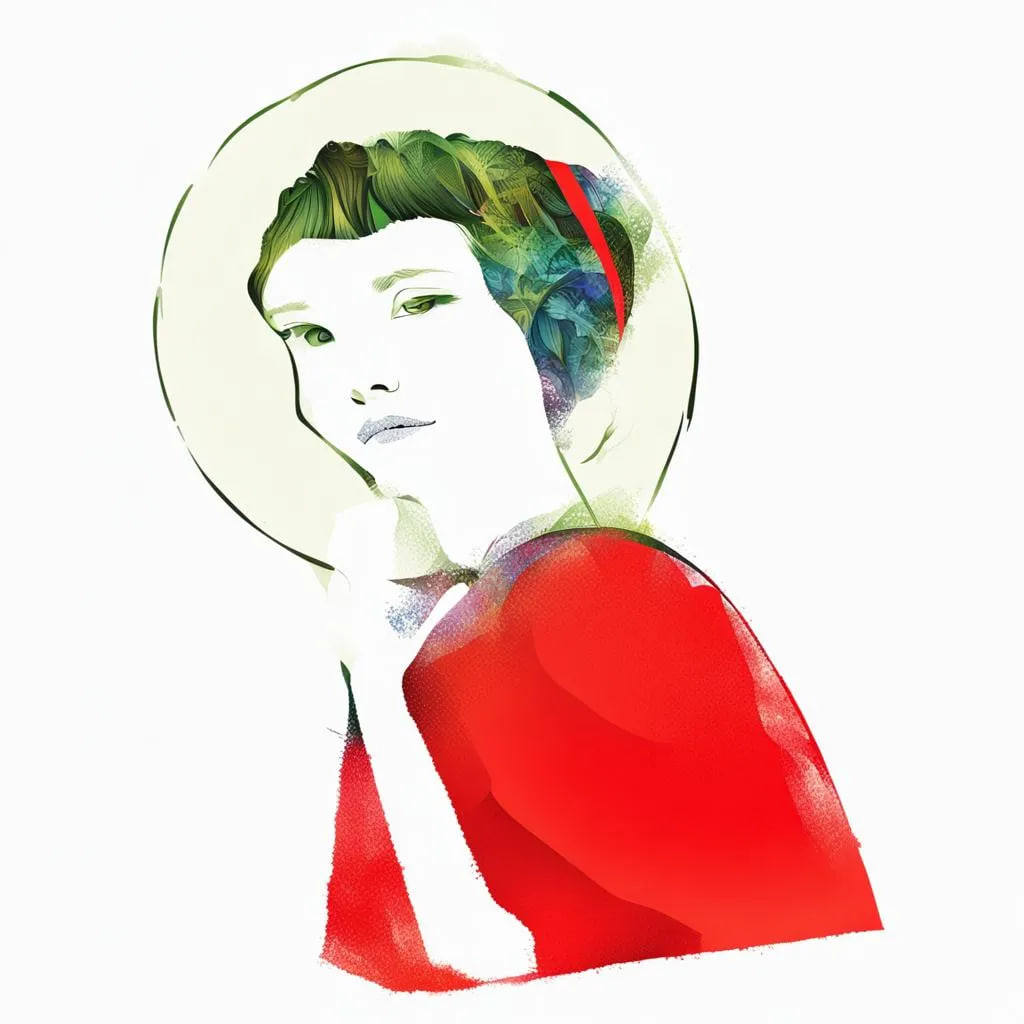
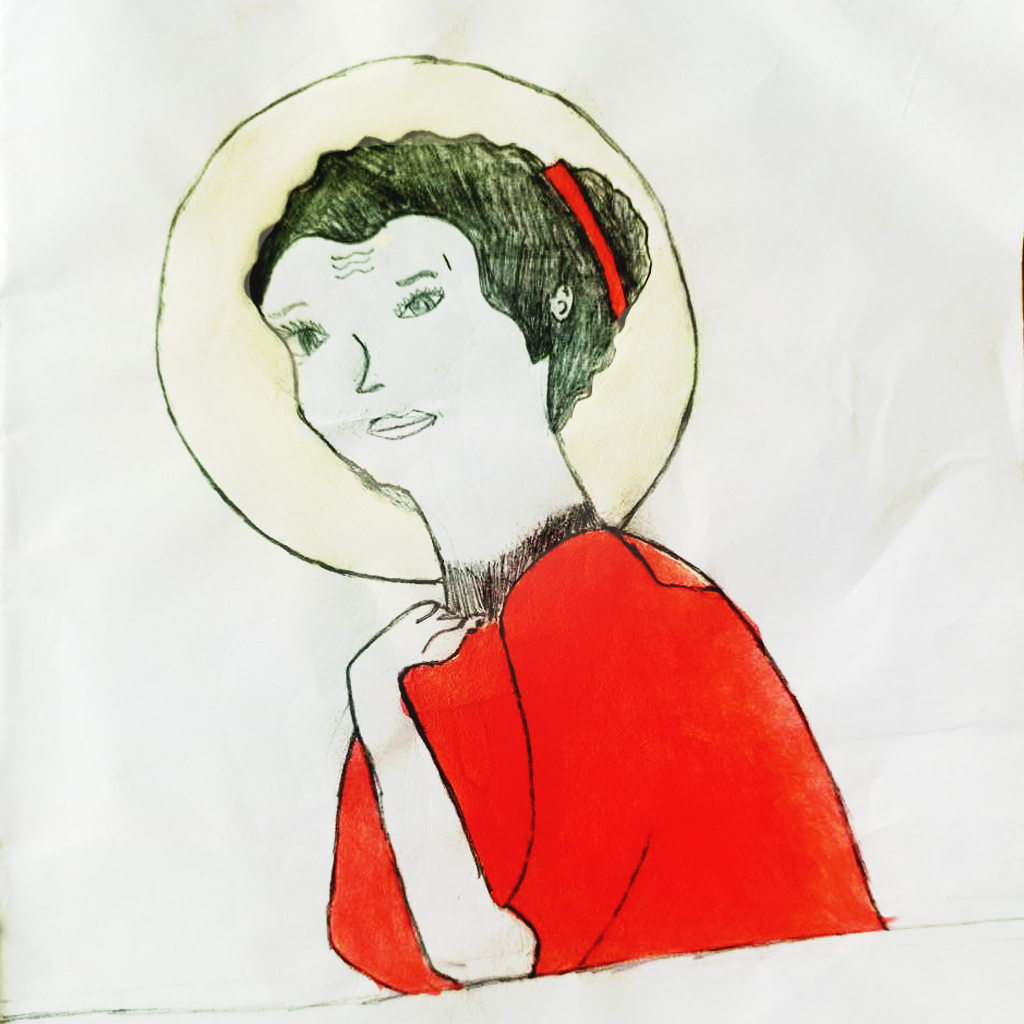
It’s well known that hands are very difficult to draw. Even AI image generators were not capable to do it well several months ago. If you serious about drawing, train daily. Here is an image copied from Pinterest that will allow you to exercise drawing hand and help you later in your drawing. Since we have two hands, a mirrored image was also included to help your learning.
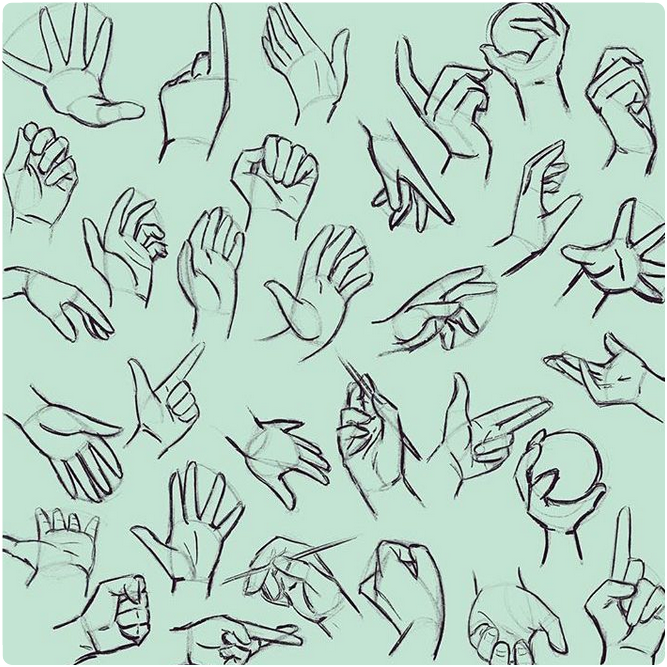
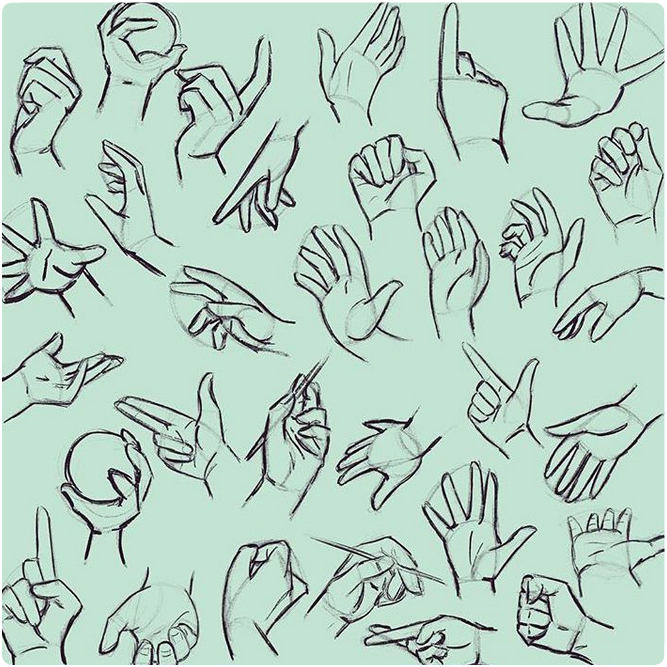
Children, especially in their formative years, benefit greatly from exercises that involve copying. Once they have mastered the basics of drawing and can accurately represent their ideas on paper, they are primed for more advanced explorations.
Guidance is essential in this process, and step-by-step instruction ensures a structured approach to learning. Before becoming a more serious artists, students should first master fundamental concepts such as perspective and composition. Building a strong foundation in these areas not only fosters technical proficiency but also instills confidence and creativity in young artists.
Moreover, it’s crucial to avoid overwhelming students with a barrage of new concepts and exercises. Each lesson should be carefully sequenced to allow time for absorption and application. By spacing out activities and revisiting previous lessons, educators can prevent burnout and ensure that every student has the opportunity to thrive.
Above all, fostering a sense of enjoyment and playfulness is paramount in art education. Projects should be engaging, interactive, and tailored to suit the interests and abilities of each student. By creating a supportive and stimulating environment, educators can inspire a lifelong love of art and creativity in their students.
In conclusion, copying may seem slowing the creative process, but in reality, it is a vital stepping stone towards artistic growth. By embracing copying as a tool for learning and exploration, educators can empower students to unleash their full creative potential while cultivating a deep appreciation for the artistry that exists in their daily life in whatever career path they end up.
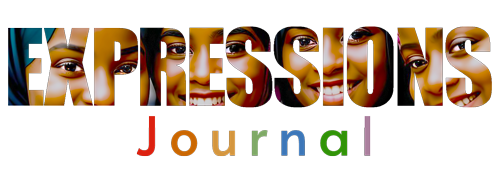
I love the drawing that shows the movement of the hands. And the first drawing makes me think about halo.